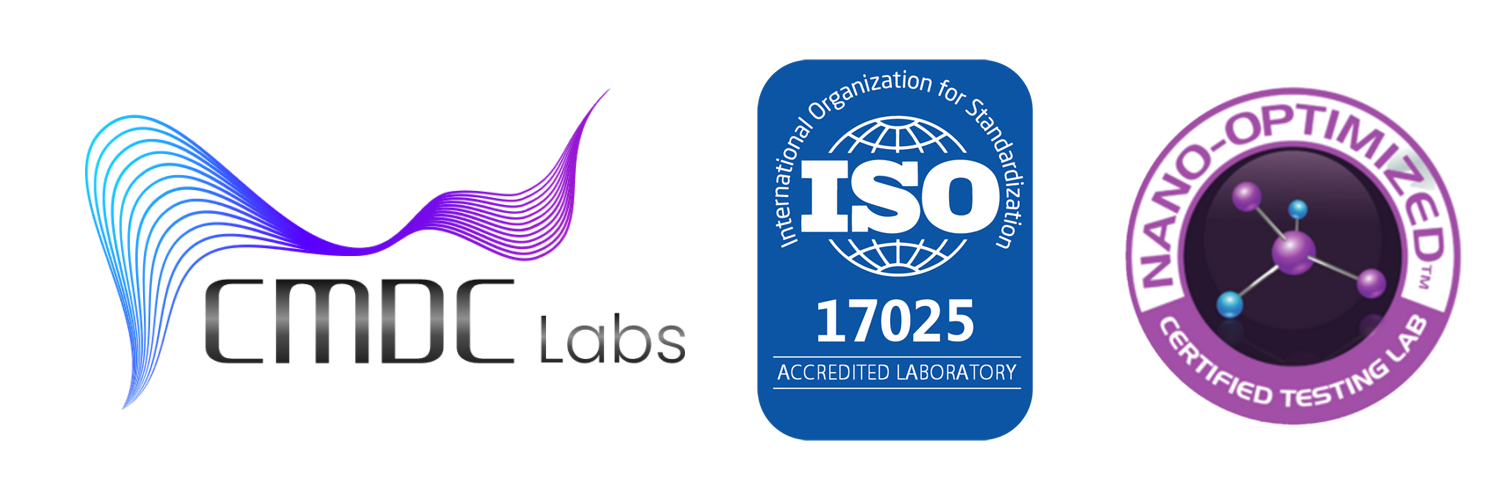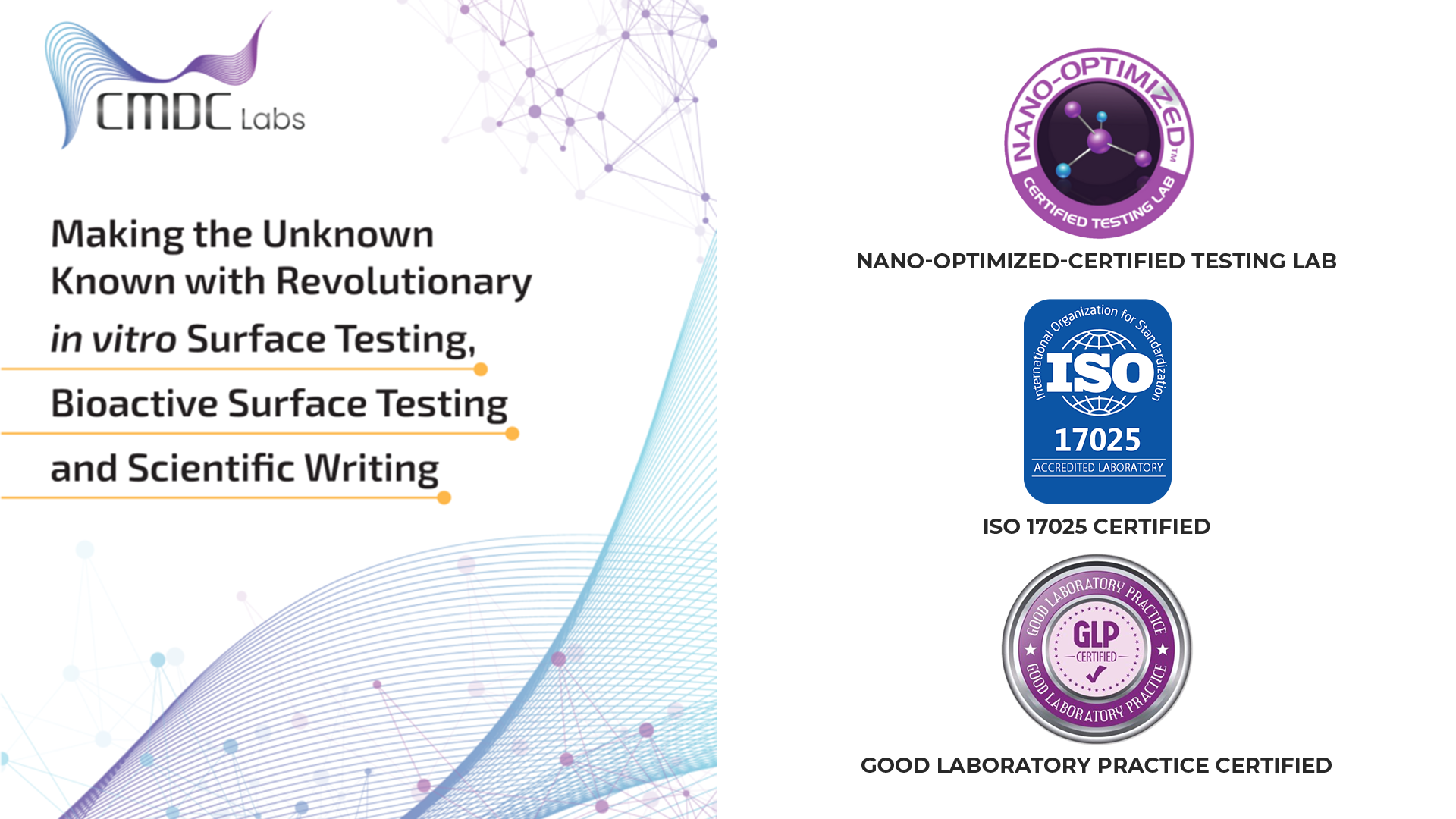ISO 11737 serves as a cornerstone in the realm of medical device manufacturing, providing guidelines for the determination of bioburden and sterilization validation. At CMDC Labs, we recognize the paramount importance of adhering to ISO 11737 standards to ensure the safety and efficacy of medical devices. In this article, we embark on a comprehensive journey to decode ISO 11737, shedding light on its key principles, methodologies, and implications for bioburden testing.
Understanding ISO 11737:
ISO 11737 delineates the requirements for the enumeration of viable microorganisms present on or in a medical device prior to sterilization. It encompasses various aspects, including sample collection, preparation, incubation, and enumeration methods, to ascertain the bioburden level accurately. Compliance with ISO 11737 is essential to assess the efficacy of sterilization processes and mitigate the risk of microbial contamination, thereby safeguarding patient safety and regulatory compliance.
Key Principles and Methodologies:
ISO 11737 outlines two primary methods for bioburden determination: the direct method and the indirect method. The direct method involves the direct enumeration of microorganisms on the medical device surface, while the indirect method entails extracting microorganisms from the device and subsequently enumerating them. Both methods offer distinct advantages and limitations, necessitating careful consideration of the device characteristics and intended use.
Sample Collection and Preparation:
Proper sample collection and preparation are crucial aspects of ISO 11737 compliance. Samples must be collected aseptically from various locations on the device, ensuring representative sampling. Additionally, thorough cleaning and disinfection procedures are employed to remove extraneous contaminants and prevent false positives. Sample preparation techniques, such as homogenization and dilution, are meticulously executed to facilitate accurate enumeration and analysis.
Enumeration and Data Analysis:
Enumeration of viable microorganisms is conducted through cultivation-based methods, such as pour plate or membrane filtration techniques, followed by incubation under optimal conditions. Colony-forming units (CFUs) are enumerated and recorded, and the bioburden level is calculated based on predetermined acceptance criteria. Statistical analysis techniques may be employed to assess the variability and reliability of the results, ensuring robust data interpretation and decision-making.
Implications for Medical Device Manufacturers:
Compliance with ISO 11737 is imperative for medical device manufacturers to demonstrate the safety and efficacy of their products. By adhering to ISO 11737 standards, manufacturers can assess the bioburden level, validate sterilization processes, and mitigate the risk of post-sterilization contamination. Furthermore, adherence to ISO 11737 facilitates regulatory approval and market acceptance, instilling confidence among healthcare providers and end-users.
Conclusion:
ISO 11737 stands as a guiding beacon for medical device manufacturers, offering a comprehensive framework for bioburden determination and sterilization validation. At CMDC Labs, we are committed to upholding the highest standards of quality and compliance in bioburden testing, empowering manufacturers to navigate the complexities of ISO 11737 with confidence. By leveraging our expertise, state-of-the-art facilities, and dedication to excellence, we support our clients in achieving regulatory compliance, ensuring patient safety, and driving innovation in the medical device industry.

